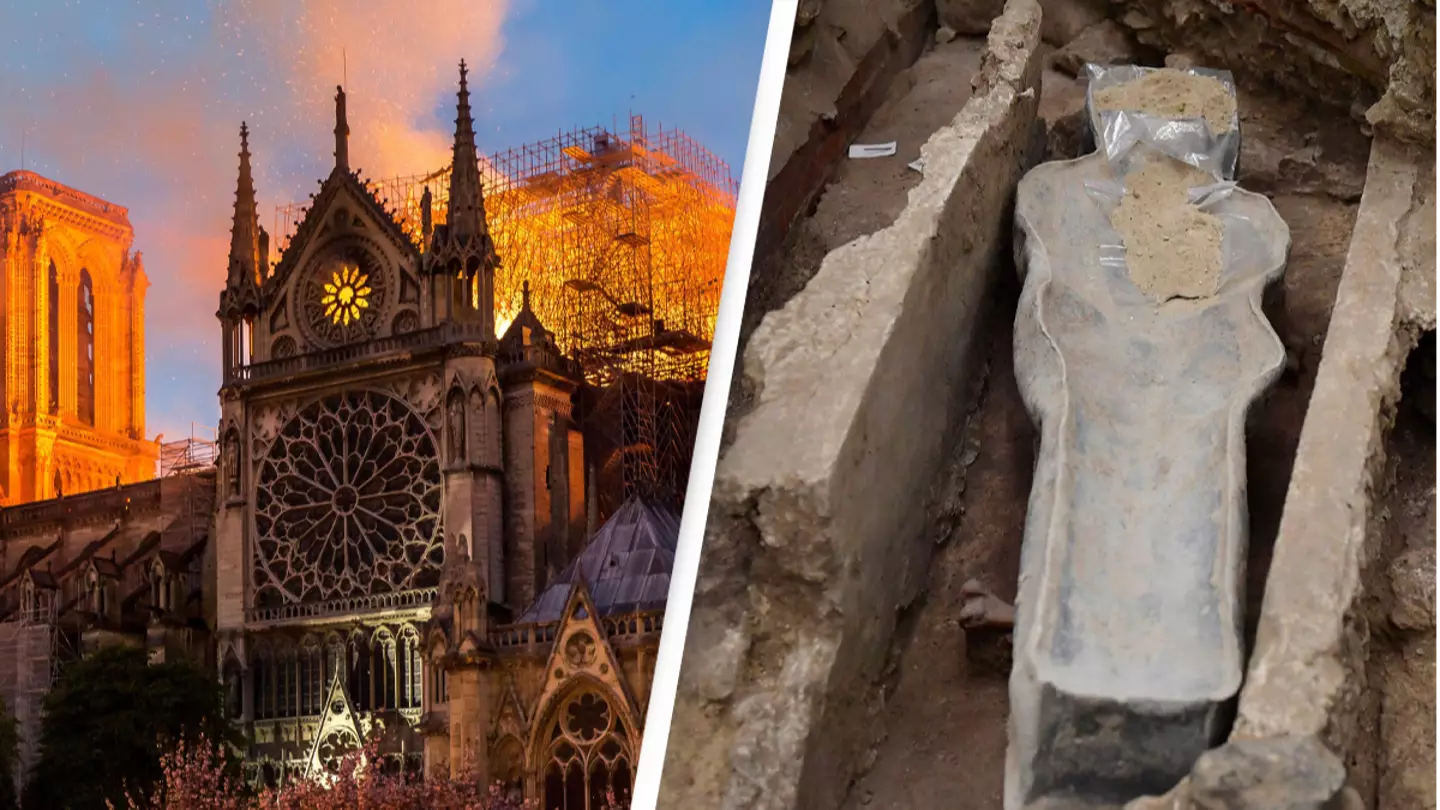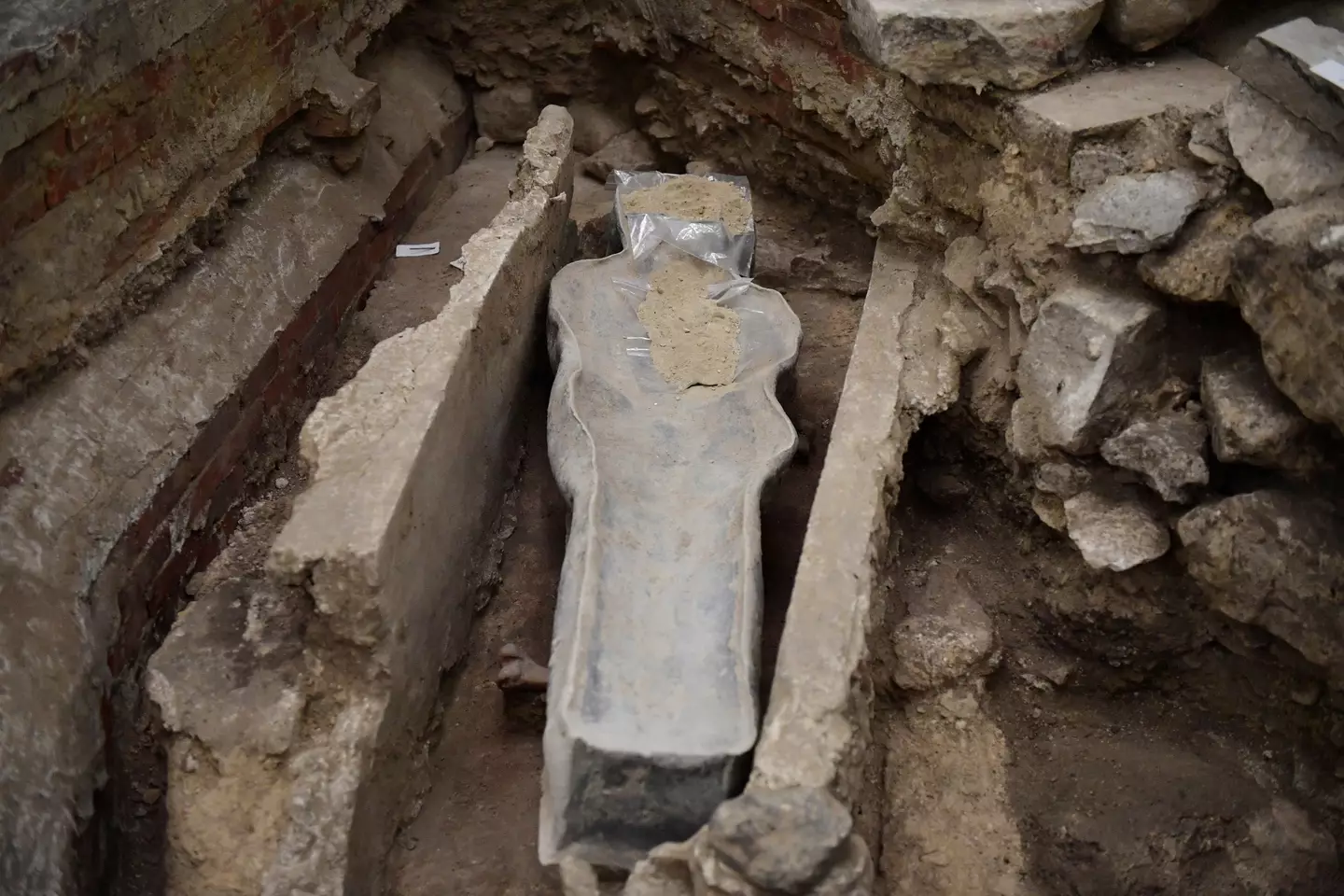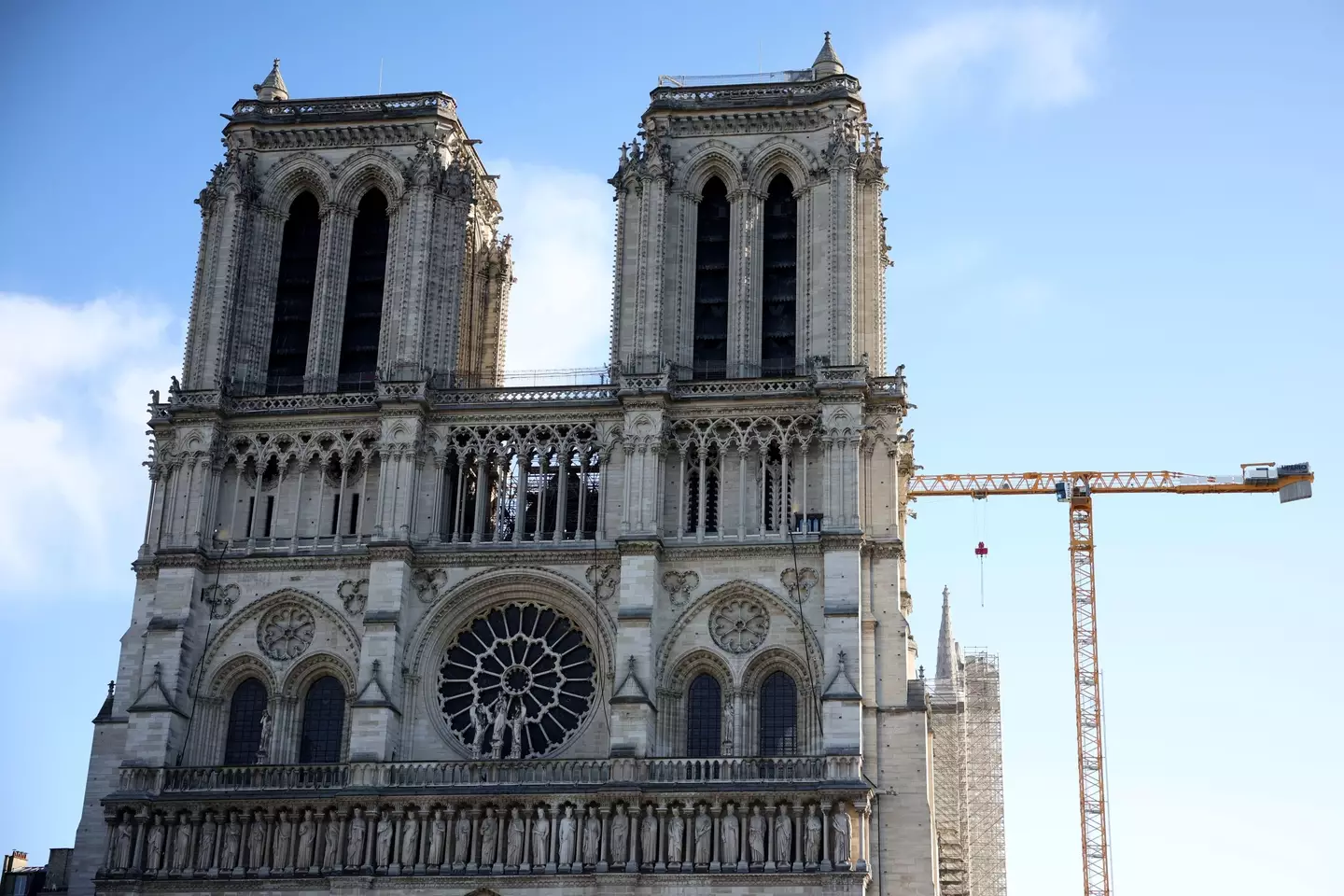
A sarcophagus that was found in the wake of the Notre Dame fire in 2019 will soon be opened by forensic experts and scientists, who will then study its contents to establish the gender and former health of the skeleton inside.
The announcement came yesterday, 14 April, just one day before the third anniversary of the fire, which severely damaged the 12th century cathedral in Paris.
The sarcophagus was found last month by workers rebuilding the landmark, having discovered the artefact buried 20 metres underground among the brick pipes of the church’s 19th-century heating system. However, according to France24, the coffin is believed to be much older, possibly from the 14th century.

Advert
During a press conference, France's INRAP national archaeological research institute said the sarcophagus was extracted from the cathedral on Tuesday, 12 April, and will be sent ‘very soon’ to the Institute of Forensic Medicine in the southwestern city of Toulouse.
Lead archaeologist Christophe Besnier said experts will open the artefact so they can study the skeleton, using carbon dating technology to determine its gender and former state of health.
INRAP President Dominique Garcia said the skeleton would be examined ‘in compliance’ with French laws regarding human remains, explaining: "A human body is not an archaeological object.
"As human remains, the civil code applies and archaeologists will study it as such."
Garcia added that, once they have studied the sarcophagus, it will be returned ‘not as an archaeological object but as an anthropological asset'.

Besnier said the coffin was found under a mound of earth along with furniture from the 14th century, adding: "If it turns out that it is in fact a sarcophagus from the Middle Ages, we are dealing with an extremely rare burial practice".
The excavation works were commissioned as a precautionary measure before scaffolding could be installed to restore the 100-metre high wooden roof ridge.
When the lead sarcophagus was discovered last month, archaeologists said it probably belonged to a high dignitary, and that it could date back to the 14th century.
Besnier told Reuters at the time: "We were able to send a small camera inside which showed cloth remains, organic matter such as hair and plant remains.
"The fact that these plants are still there indicates that the contents have been very well preserved."
Topics: France